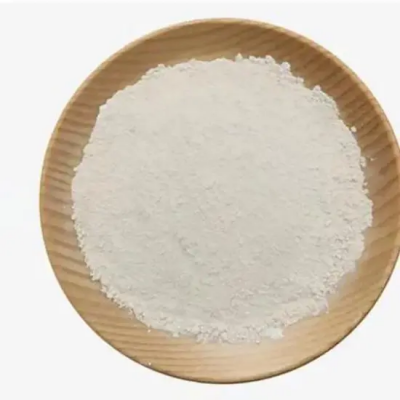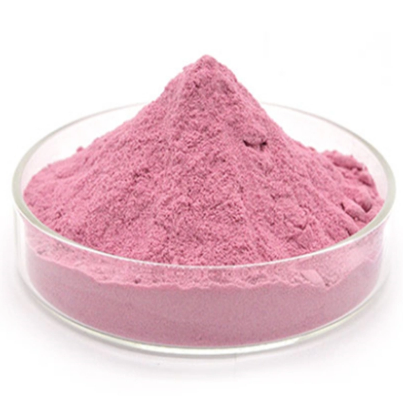FMOC-HYDRAZIDE HCL CAS:35661-51-9
FMOC-hydrazide hydrochloride is a compound of significant interest in the fields of organic chemistry and medicinal chemistry due to its unique structural properties and functional versatility. The molecular formula, C12H14ClN3O2, indicates the presence of a fluorenylmethoxycarbonyl (FMOC) group attached to a hydrazine moiety, offering stability and protection during synthetic procedures. The FMOC group serves as a temporary blocking agent for amines, allowing for the selective introduction of hydrazine into various chemical frameworks without interference from other reactive sites. One of the key applications of FMOC-hydrazide hydrochloride is in peptide synthesis, particularly in the formation of peptide hydrazides. These compounds are valuable in drug discovery and development because they can be used to create bioactive molecules. Peptide hydrazides have been shown to exhibit anti-tumor, anti-inflammatory, and antimicrobial activities, making them promising candidates for therapeutic agents. In addition to its role in peptide synthesis, FMOC-hydrazide hydrochloride facilitates the construction of hydrazone linkages through condensation reactions with carbonyl-containing compounds, further broadening its utility in creating complex organic structures. Hydrazone bonds are integral to various biochemical processes and are often utilized in bioconjugation techniques, where they form stable yet reversible linkages between biomolecules. The use of FMOC-hydrazide hydrochloride is not limited to academia; it has potential industrial applications as well. For instance, it can be incorporated into polymer systems or utilized in the modification of surfaces to introduce reactive functionalities. Furthermore, its relatively straightforward handling and compatibility with other common reagents make FMOC-hydrazide hydrochloride an attractive choice for chemists focusing on innovative synthetic routes. In summary, FMOC-hydrazide hydrochloride is a multifaceted compound that plays a crucial role in modern organic and medicinal chemistry. Its ability to act as a protective group while facilitating important synthetic transformations underscores its importance in advancing drug discovery, organic synthesis, and material sciences. Ongoing research may continue to reveal new uses and derivatives of this compound, expanding its impact across various scientific disciplines.



| Composition | C15H14N2O2 |
| Assay | 99% |
| Appearance | white powder |
| CAS No. | 35661-51-9 |
| Packing | Small and bulk |
| Shelf Life | 2 years |
| Storage | Store in cool and dry area |
| Certification | ISO. |






![(1S)-1,5-Anhydro-1-C-[4-chloro-3-[[4-[[(3S)-tetrahydro-3-furanyl]oxy]phenyl]methyl]phenyl]-D-glucitol tetraacetate CAS:915095-99-7](https://cdn.globalso.com/xindaobiotech/HSUS81DS80Y35NTEZTU247.png)


